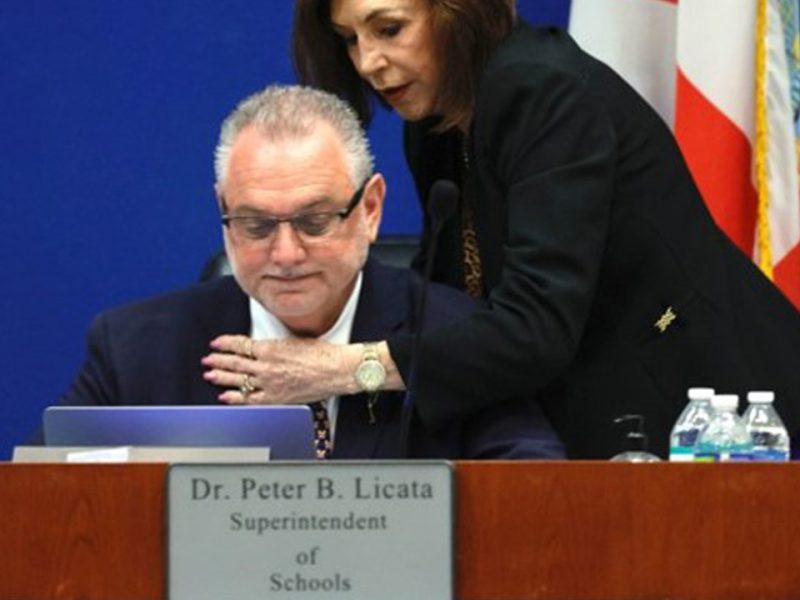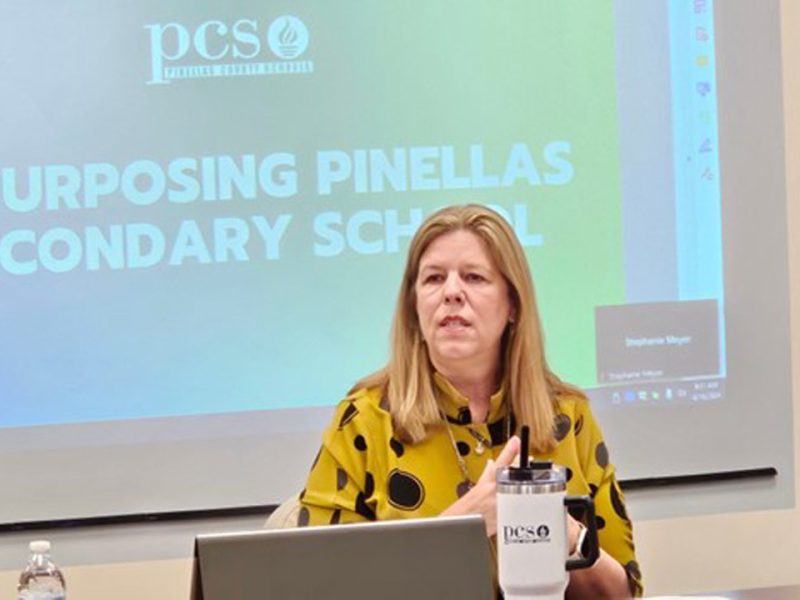Guiding Students to Sustain Effort in School
Secondary students can learn to manage assignments and achieve learning goals with teacher support and tools that promote success
Edutopia | By Judy Willis | June 30, 2022
“What can I do to get my students to put in the effort needed, persevere through setbacks, and build tools to be independent learners?” This question illustrates one of the most frequent concerns posed to me by educators, especially those teaching secondary school and college.
TEENAGE BRAINS ARE IN TRANSITION
Teen brains are still building the neural networks (of executive functions) needed to sustain effort and promote learning. This ability is especially critical when they are uninterested, feeling overchallenged, or burdened by fixed mindsets, expecting failure despite effort. During these school years, you can influence their rapidly developing brain networks and nurture their motivation capabilities.
Strategies for boosting motivation and skill building include personal relevance, goal progress awareness, metacognition, and actively teaching students about their neuroplasticity powers and potential. The opportunities that you provide to guide them to use these executive functions also activate and strengthen these networks. As a result, your students blossom in their capacities as self-directed learners.
PROMOTE PERSONAL RELEVANCE
Personal relevanceengages students’ desire to initiate and sustain effort. Here are three tips to help students relate to their learning.
1. Provide learner clarity. Explain how students will be using facts or procedures as tools for participating in appealing activities during the learning process. Promote pre-unit discussion of how the topic could relate to students’ interests, family life, community, high-interest current events, or history. As part of a reading assignment, you can ask students to give x number of examples of which specific information could be useful to their understanding.
2. Sustain motivation. As a unit progresses, have students write assignments about the usefulness of the material to their lives, their future careers, or the careers of professionals they admire. They can keep an ongoing list and share their thoughts in small groups or with the whole class.
3. Give prompts for personal relevance. Encourage student-generated personal relevance with prompts such as “This relates to my life because,” “I want to know more about it,” “This reminds me of,” “This is how I’d sketch the information,” etc.
FACILITATE GOAL-PROGRESS AWARENESS
Goal-progress awarenessrequires frequent feedback and sustains student effort. Their brains will invest more effort into the task, and as a result, students are more responsive to feedback. This progress awareness builds their ability to recognize that their effort is correlated to their progress and boosts their perseverance.
1. Consult with students. How will they include their personal goals for a unit or assignment, and how they will achieve them? Guide students to evaluate whether these goals are reasonable and manageable. You can also provide rubrics that allow them to assess their progress and check off what they’ve completed.
2. Remind students how to get help when blocked. When they become discouraged or have setbacks, prompt them to start with their list of tasks (prioritizing point values or percentages of graded components, determining how to manage their time) as well as other helpful resources (peer editing, suggested websites) in order to get back on track.
3. Have students create progress journals.Students can make predictions about things they expect to notice as they strive toward their goals. It’s important to do this throughout the project so that students can see evidence of their goal progress. For example, have them write subgoals that they’ll need to achieve on the way, periodically assess, and use to modify their plans and actions accordingly.
4. Check in intentionally. Hold conferences with students, and write notes in their progress journals to reinforce their efforts. Remind students that being aware of progress helps sustain effort despite setbacks or mistakes.
5. Provide preview rubrics of what will be evaluated in the project/unit test. Knowing what they’ll be evaluated on can promote confidence. To help students avoid feeling overwhelmed by what might seem outside of their skill levels, invite them to focus on one or two rubric areas at time, and offer guidance to boost those skills.
6. Complete effort-to-progress graphs. A variety of effort-to-progress graphs are available online. When students fill these in as they record evidence of their incremental goal progress, they can see the impact of their effort on their progress.
7. Give self-corrected practice tests. Use these tests as opportunities for students to evaluate their level of accurate understanding and either revise or reinforce relevant knowledge. Students can see their status and evaluate changes (what to focus on, strategies such as rewriting notes, taking multiple self-corrected practice tests) that impacted their success.
SUPPORT STUDENTS’ METACOGNITION
Metacognitionhelps secondary students develop an understanding of their strengths and weaknesses. Essentially, thinking about how they think allows them to recognize evidence of their own progress and boosts their awareness of the actions that brought them success. This promotes efficiency and empowers students to be their own tutors and guides in school and life.
1. Guide students in self-evaluation. Have them examine their successful and unsuccessful learning experiences. Ask students, “When you got stuck on homework or a text, what did you do to get unstuck? Write it down.” A student might comment, “When I took better notes in class, I found that I understood the homework better and got more of it right.” After assessments, students can consider what worked well and what they would try again.
Invite them to consider the following questions as they reflect:
- How well did I plan and organize my time?
- What improvement did I first notice?
- What did I try that I’d do again?
- What would I do differently next time?
- What will I look for in future projects as things that seem to be potential goal blockers? What can I do when I get stuck?
2. Encourage students to change plans when necessary. During a project or long-term assignment, give students class time to make observations and consider how to revise their strategies and planning, throughout the assignment. Before starting the assignment unit, have students record in their progress journal what they hope to achieve and compare that with their metacognition of the goals they achieve.
EXPLAIN NEUROPLASTICITY FOR STUDENT EMPOWERMENT
Students are empowered when they understand how they can change their brains and achieve goals, by activating the related neural circuits that promote memory and self-management. This knowledge makes them more motivated to sustain effort.
Enhancing students’ interest, curiosity, positive expectations, and awareness of goal-achieving strategies will make a difference in sustaining their motivated effort during the school years and for ongoing opportunities awaiting them in the future.






